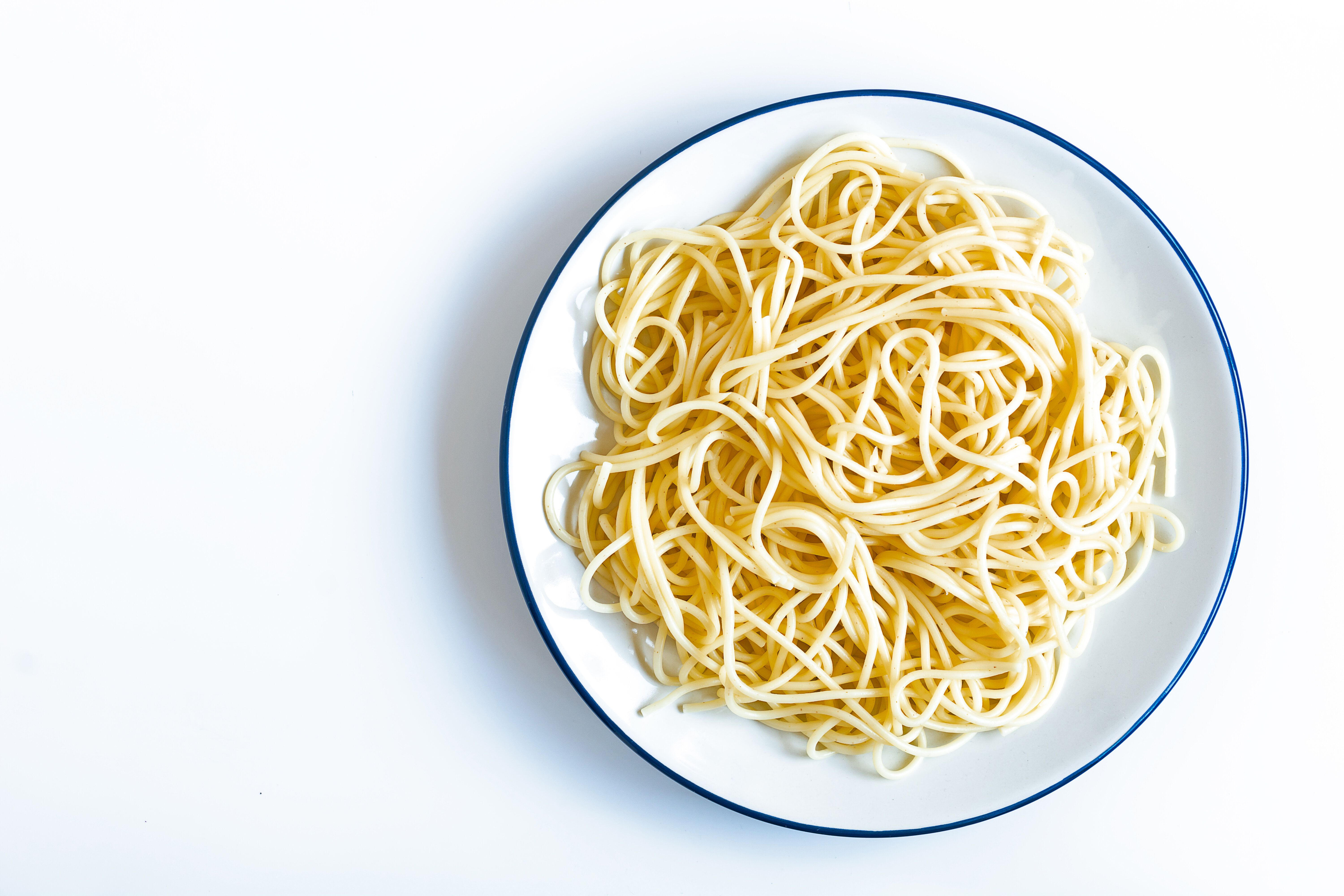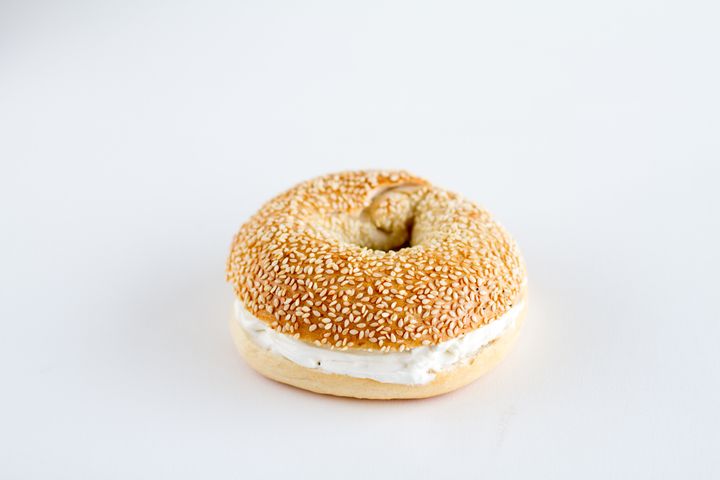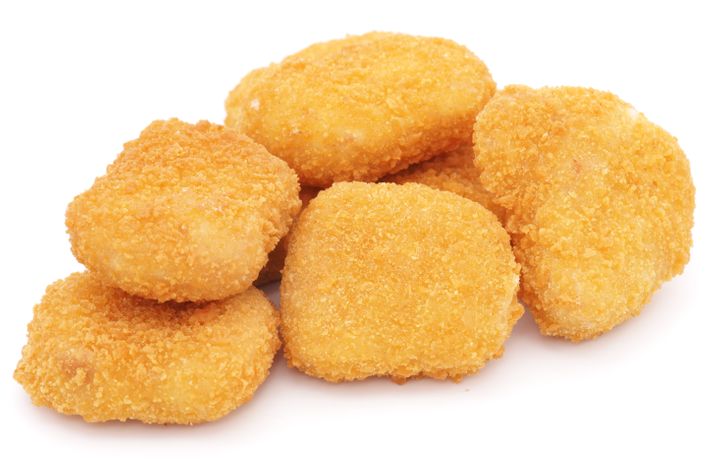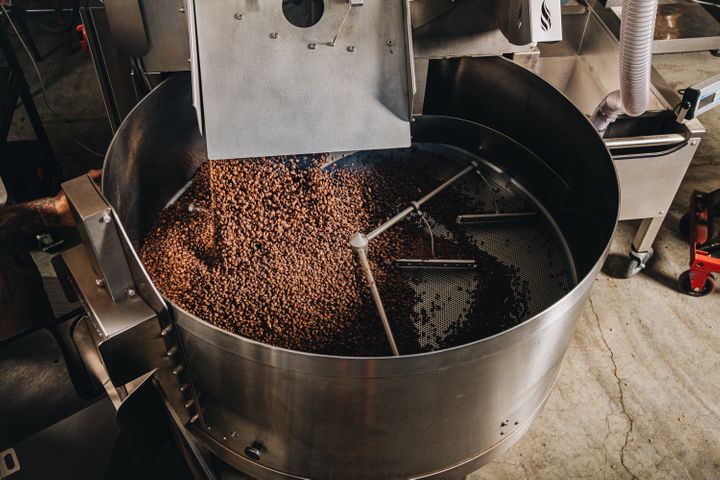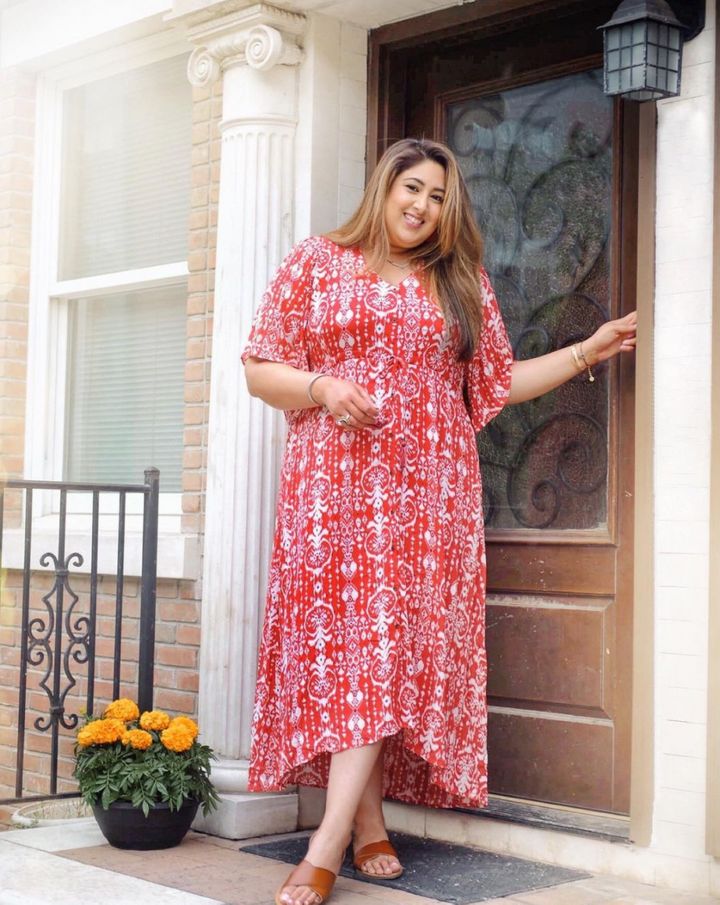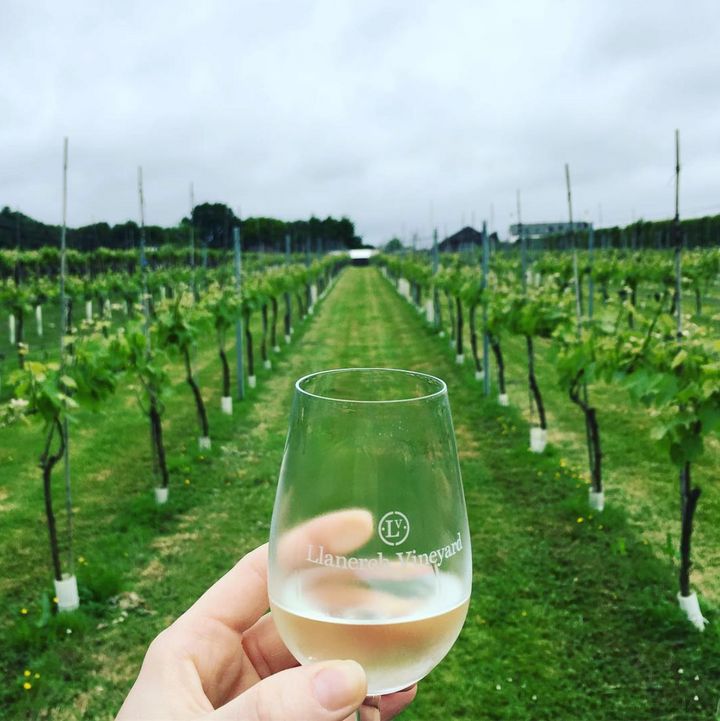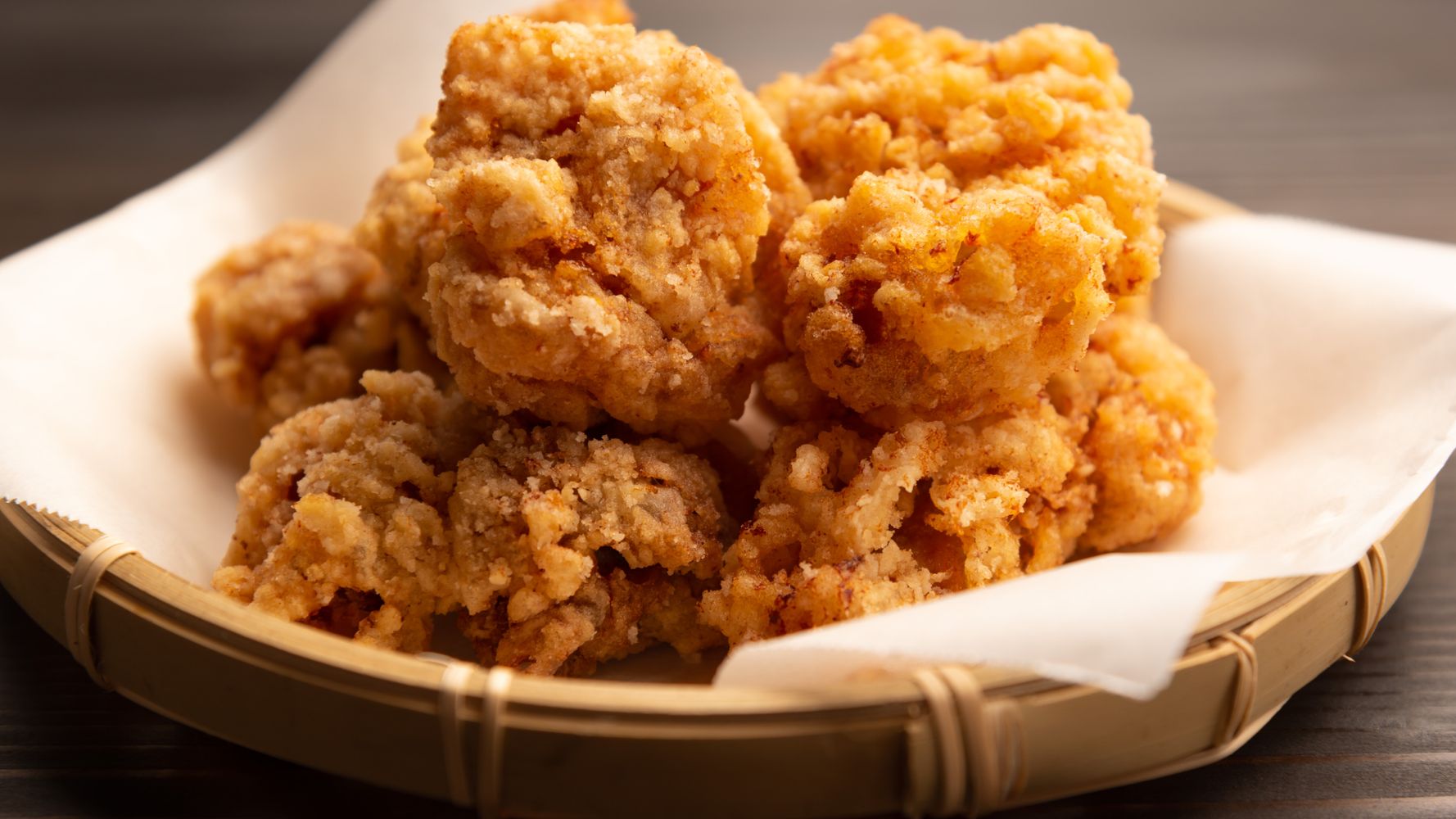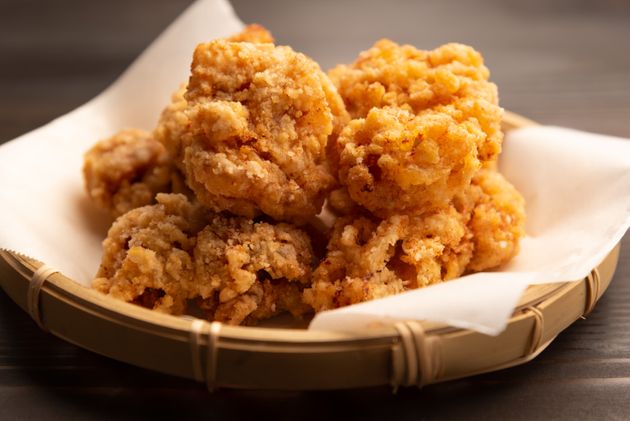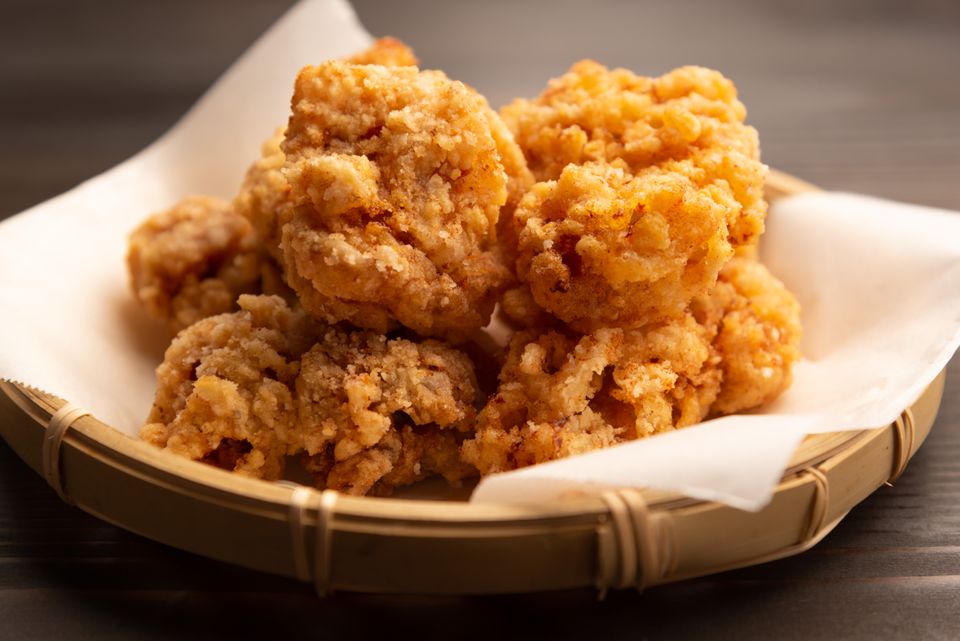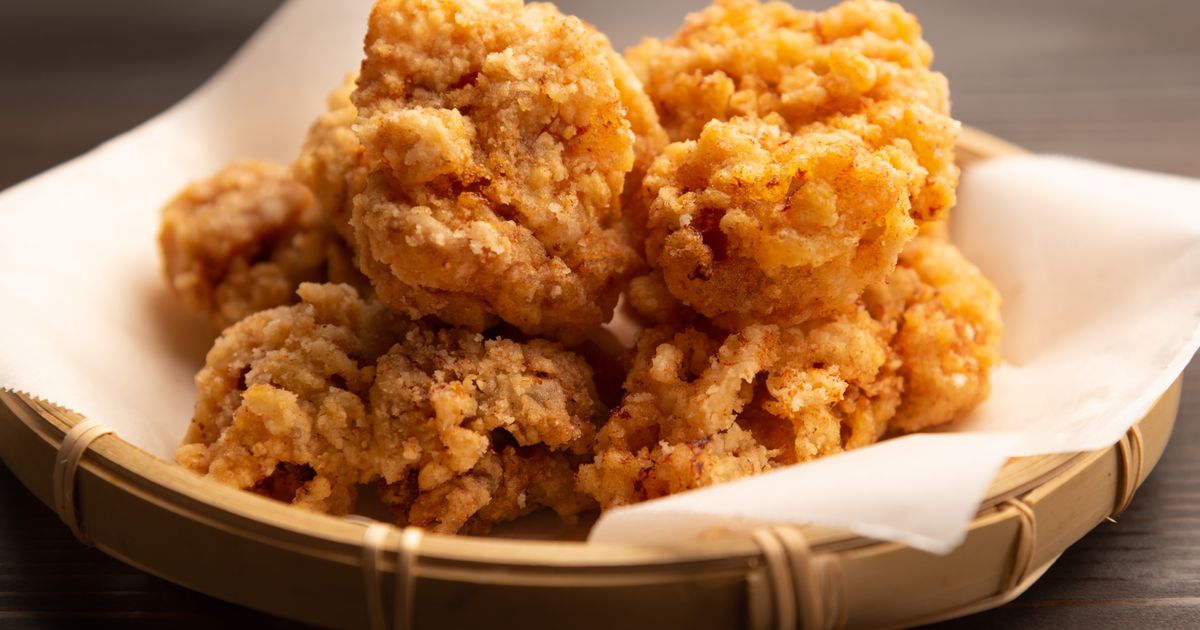Our menstrual cycle affects so much of our life. From hormonal acne and serious mood swings to generally feeling quite crappy, I’m sure if some of us had the option to skip our periods we would. And f, like me, you’re someone who has always had bad period pain, it can leave you feel a bit helpless.
There are lifestyle adjustments we can adopt that can help towards making our periods easier to deal with, though – and one of them is the food we eat at different stages of our cycle.
Advertisement
Lifesum, a nutrition app that aims to help users improve their baseline health through what they’re eating, has found that small changes to your diet can improve your symptoms during each phase of your menstrual cycle.
“What you eat plays a huge role in overall health creation, including how you feel throughout your cycle,” says Dr Alona Pulde, star of the Forks Over Knives documentary and member of the Lifesum health advisory board.
Advertisement
“Most people think of periods as just a week-long occurrence, but in reality, it’s a month-long cycle and nutrient-dense foods can help replenish your body and balance your hormones throughout.”

Roxane Bakker who is a registered dietician and head of nutrition at Vitl agrees that it’s important to look after yourself when you’re menstruating, particularly when it comes to your diet. “Choosing foods that can help restore balance to your hormones are always a good option,” she says. “Vitamin B6 specifically is a key player in balancing your hormones. What you eat can sometimes help to relieve some of the uncomfortable symptoms you experience on your period”
Advertisement
There are four different stages to the menstrual cycle: the menstrual phase, the follicular phase, the ovulation phase, and the luteal phase. Each phase of our cycle requires different care and dietary needs, Dr Pulde suggests.
While dietary tweaks can help you ease your period pains, they aren’t solutions to medical conditions such as endometriosis, PCOS, or dysmenorrhoea. If your periods are so painful they’re affecting day-to-day life, speak to your doctor.
“Remember, everyone’s body works differently, and our needs vary,” adds Dr Pulde. “Focusing on a balanced, varied nutrient-dense diet that provides enough energy is key – not only for performance, but for our overall wellbeing.”
The Menstrual Phase
Advertisement
This first phase of the menstrual cycle is the time where our oestrogen and progesterone levels are lowest; you shed your uterine lining, and bleeding occurs. This usually lasts between three and seven days. During this time you can experience cramping, fatigue, low back pain, and mood swings.
This is a time when you’re losing a lot of blood so it’s important to stock up on iron-rich foods. Animal products such as red meat, poultry, and fish (heme iron) or plant-based products, including leafy greens, beetroot, and legumes (non-heme iron) are essential during this time.

“As you can imagine, fruit and vegetables are a staple when it comes to any healthy diet,” Bakker adds, “but they’re essential when it comes to managing period cramps. They’re a vital source of fibre which in some cases can help to relieve the stomach pains associated with menstruating.”
Be sure to avoid foods that are highly processed during this time, such as sweetened breakfast cereals. “They can make period symptoms worse, causing inflammation and bloating,” says Bakker. “Caffeine and alcohol also impact inflammation. And studies show that they can worsen PMS symptoms.”
The Follicular Phase

During this phase, which can last anything from 11 to over 20 days, depending on the length of your cycle, oestrogen levels start to rise again. Your energy should increase and you may notice you have greater motivation.
Eating fibre-rich foods (fruits, vegetables, whole grains, and legumes) and fermented foods (kombucha, kimchi, sauerkraut) will help to metabolise and clear excess oestrogen.
The Ovulation Phase

You may experience some cravings at the time of ovulation, around day 12 to 14 of your cycle, so you should be eating foods that are rich in fibre and high in nutrients and consuming enough of these food types to fill you up.
These include fruits (berries, apples, pears, bananas); vegetables (broccoli, Brussels Sprouts, artichoke, kale, sweet potatoes); legumes (beans, lentils, peas); whole grains (quinoa, oats, whole wheat pasta, barley); and nuts and seeds (almonds, pistachios, and sesame/pumpkin/sunflower seeds).
Advertisement
The Luteal Phase

The luteal stage of our cycle begins after ovulation, when both oestrogen and progesterone levels rise. During this time, pain can feel a bit more intense as large amounts of prostaglandins, a chemical that stimulates contractions, is released.
To help experience less cramping and lesson the physical symptoms of PMS, tuck into anti-inflammatory nutrients such as omega 3 (walnuts, flaxseed, chia seeds), antioxidants like vitamin C (found in fruit – particularly berries – and vegetables) and vitamin E (found in leafy greens, avocado, and whole grains).
“In this phase, it’s common to feel tired,” says Dr Pulde. “Eat complex carbs that provide fibre and vitamins to balance moods and curb cravings.”
Avoid or cut back on caffeine and alcohol if you can, she adds, and if you find your energy levels dropping, reach for the healthy snacks, such as hummus and veg sticks or homemade fruit and nut bars.








